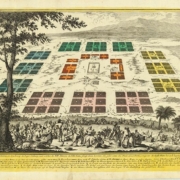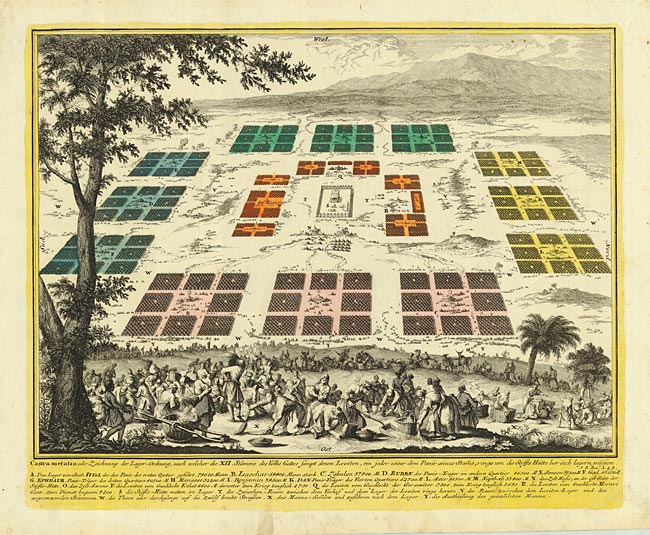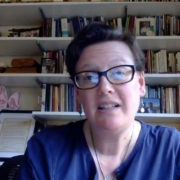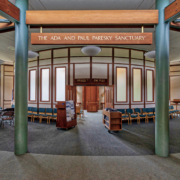Dear Congregation Beth Israel members and friends,
It is rare to know that we are living through a moment of genuine historical significance. To recognize that something unfolding around us will be chronicled in books as a turning point of some kind, though we can’t yet know where this turn will lead. But here we are. We will not soon forget the sight of an angry mob, incited by falsehoods, storming the nation’s Capitol.
When Congress re-convened last night, Senator Chuck Schumer spoke about the desecration of our temple of democracy. His use of that metaphor evoked our Chanukah story about our holy temple, first desecrated and then rededicated for sacred use. And I remembered again Chanukah’s message of light in the darkness, and the steadfast hope that can carry us through.
I know that many of us are feeling stunned, horrified, and even frightened by what just happened in Washington DC. If that’s you, know that you are not alone. Know, also, that I am holding each member of our extended community in my prayers and in my heart, and that I am here to listen if you need an ear and to pray with you if that would bring you comfort.
When the dust clears, our task will be the same as it ever was. As Representative John Lewis z”l (of blessed memory) taught, democracy is not a state, it’s an act — an action, a choice, something we do. That teaching feels very Jewish to me. After all, Torah exhorts us to care for the vulnerable, to love the stranger, and to pursue justice: all actions, all things that we do.
Democracy is an action. Love is an action. Justice is an action. Standing up for truth is an action. Building community is an action. These are our work, now as ever. This moment invites all of us to recommit ourselves to those holy tasks. And it invites us to create and strengthen our community by reaching out to each other in these uncertain and overwhelming times.
One thing we don’t have to do is stay glued to 24/7 news coverage. Please take care of yourself. I recommend sticking with trusted media sources and giving yourself permission to turn away if the news is causing harmful anxiety. What happened yesterday is horrifying… and we are safe here, and I hope and pray that our democracy will emerge from this stronger than ever.
May the coming Shabbat bring nourishment to our souls and balm to our weary hearts. May we take comfort in our connections with each other. And may we be inspired to work toward healing for our precious democracy, so that our nation may continue to grow toward the promises inherent in its founding, promises of human dignity and justice for all.
With blessings,
Rabbi Rachel


















